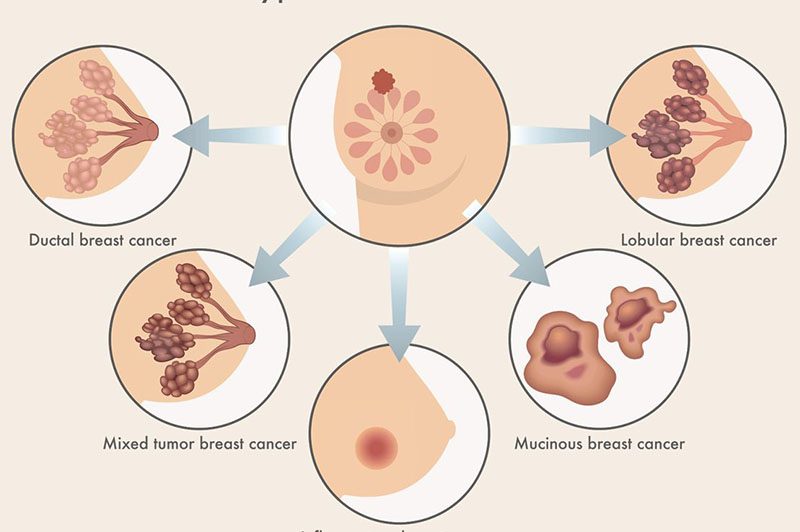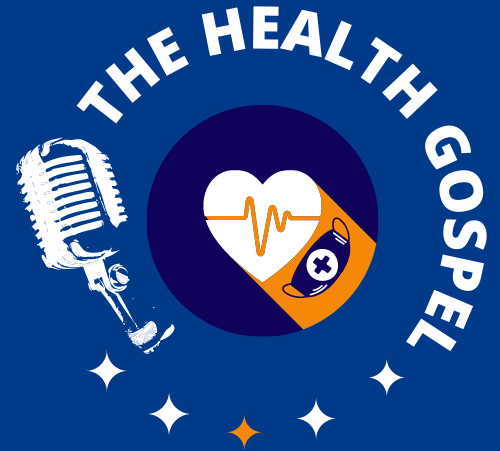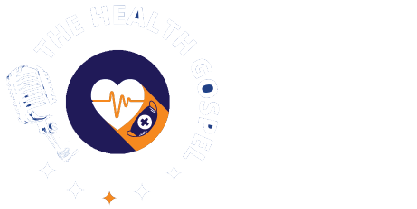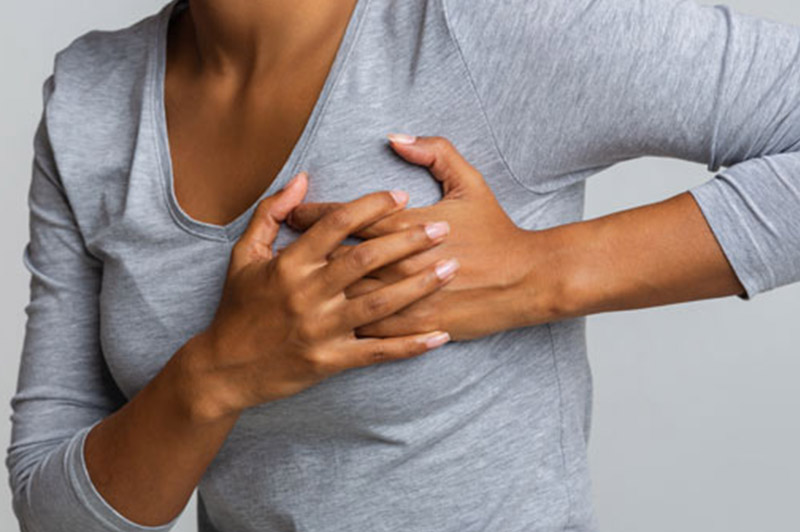
Breast cancer series 4 - Prevention
As posited in a previous article, preventive measures only reduce risk by about 30%. There is always a risk, however, early detection and treatment are key.
Many women fear the possibility of breast cancer particularly when a close family member such as a mother or a sister develops it. Most of the fears are related to apprehension about having to undress for tests and surgery, living without breasts, and how long they have to live if they were to be diagnosed with breast cancer.
Prevention in those who are at a high risk
Some gene abnormalities such as BRCA1 and BRCA2 mutations can be inherited thereby increasing an individual’s risk of breast cancer. In the treatment of breast cancer, tests are conducted to check for these genetic abnormalities and if present, the person’s close family members have to be screened. Individuals who have these genetic abnormalities can then be referred for further tests.
Women with any of these gene abnormalities, need to be tested and screened every year for breast cancer. They may also be offered medications for breast cancer prevention such as tamoxifen.
These individuals can still avoid breast cancer by removing their breasts and replacing them with breast implants before they develop breast cancer. Other preventive measures such as the consumption of a high-fiber diet, fruits and vegetables are helpful. Avoidance of highly processed meats such as bacon, ham and sausages can also help reduce breast cancer risks
Breast Cancer Screening
It is recommended that women and men should be familiar with the normal appearance of their breasts and how they feel when they touch them. This will help them identify when there is something different.
Breast cancer screening test is recommended every 3 years in those over 40 years and even more often ( once or twice yearly) in those who are at a higher risk than the general population. Those at higher risk than the general population are
- People who are 50 years and above
- Those that had cancer on one breast in the past.
- Those who have genetic abnormalities which increase their risk
- People whose breast biopsies have shown the presence of non-cancerous tumours which place them at higher risk of having breast cancer. Some of these conditions include abnormally increased growth of breast tissue (hyperplasia), fibroadenomas, and people with dense breast tissue on mammograms.
The presence of new changes in the breast such as lumps should prompt more screening tests. A breast ultrasound scan is the screening test of choice for women younger than 40 years. However, screening is often left for when there is a breast change of concern.
Mammography is the best screening tool used to identify breast cancer in many women. However, the benefits of mammography vary by age.
Age is by far one of the most important risk factors for breast cancer as it is more common in women older than 50 years.
Mammograms in those between 50 and 70 years reduce the risk of death from breast cancer. MRI may also be used as a screening test.
Early detection of breast cancer and early treatment can help reduce the risk of death from breast cancer.
What happens if breast cancer is not treated?
The reason early detection of breast cancer is advocated is that treatment, when the cancer cells are only confined to the breast, has a higher success rate. Secondly, early treatment reduces the risk of the spread of the cancer cells to other parts of the body where its spread may lead to death.
Some people have advocated the use of fruits and vegetables to cure cancer. Research has shown that good nutrition and physical activity can help limit drug side effects and improve response to treatment. However, that alone will not cure it. Rather, a combination of a high-fibre diet and drug treatment is best advocated.
How does breast cancer spread to other parts of the body?
Breast cancer spreads through the blood and lymphatic tissue to other parts of the body.
Recall that when you have an injury in your leg sometimes, you notice a lumpy swelling in the upper part of your thigh. That lump is your lymph node. It swells up because the lymphatic vessels take the abnormal cells to the nearest lymph nodes to be destroyed.
The destruction of the abnormal cells, foreign cells, and infectious agents is taking place in the lymph nodes, hence the swelling and pain.
This is similar to what happens in breast cancer. The lymph nodes in the armpit, in the process of trying to destroy the cancer cells, become swollen and cancer also affects them. Then it spreads from there through the lymphatic system to other parts of the body.
The cancer cells may also enter the blood vessels and be carried to distant areas, away from the breasts, thereby causing spread (metastasis).
Where does breast cancer spread to?
Breast cancer can spread to any Part of the body but it most commonly spreads to
- Lymph nodes
- Liver
- Ovaries
- Brain
- Bones
- Lungs
- Abdomen
- Skin
Symptoms of a spread depend on where it has spread to.
One of the most common symptoms of spread is pain and swelling in the area it has spread to.
Can breast cancer treatment stop your period?
Yes, it can. During treatment, the menstrual cycle might become irregular but it often returns in younger women less than 45 years of age.
Breast cancer awareness increases the likelihood of early detection of cancer. A delay in the decision to commence treatment after diagnosis increases the risk of dying from the disease when it spreads to other body organs.






